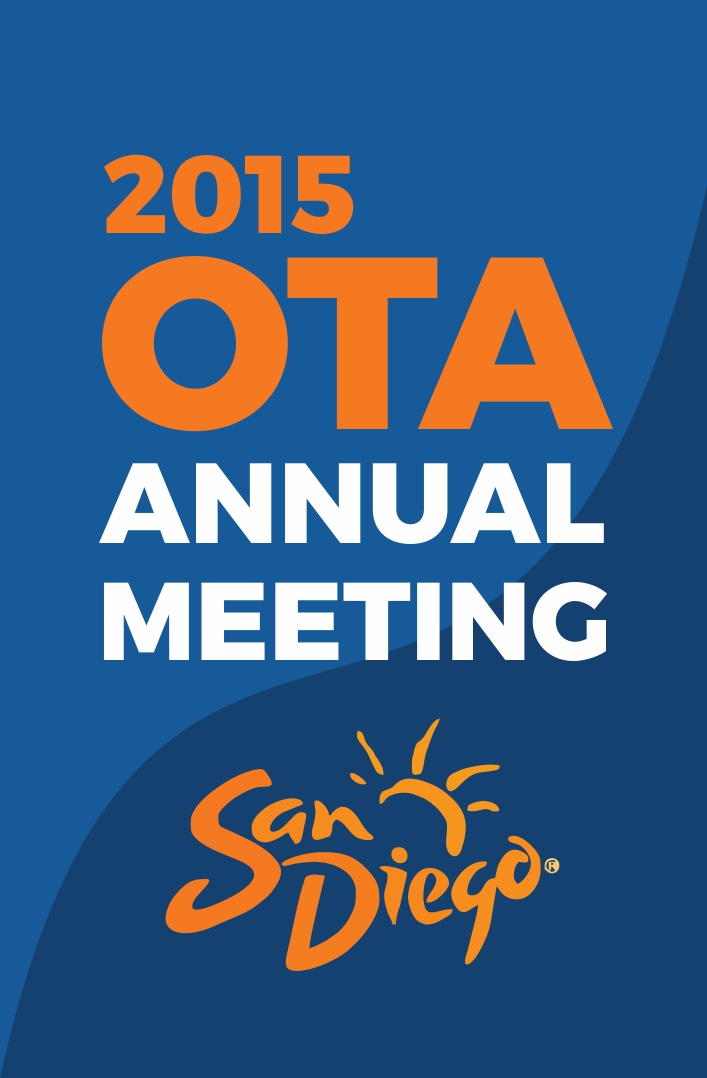
OTA 2015: Nutritional intervention ineffective at reducing malnutrition in trauma patients

OTA 2015: Nutritional intervention ineffective at reducing malnutrition in trauma patients
Does Nutritional Intervention Improve Nutritional Outcomes in Orthopaedic Trauma Patients: A Randomized Prospective Study
Did you know you're eligible to earn 0.5 CME credits for reading this report? Click Here
CONFERENCE ACE REPORTS
This ACE Report is a summary of a conference presentation or abstract. The information provided has limited the ability to provide an accurate assessment of the risk of bias or the overall quality. Please interpret the results with caution as trials may be in progress and select results may have been presented.
Synopsis
80 patients being treated for orthopaedic trauma were randomized to either receive or not receive nutritional counseling and daily protein supplementation. The purpose of the study was to determine if the use of nutritional intervention would decrease rates of patient malnutrition up to 7 days in hospital care, and up to 6 weeks after surgery. No significant differences in serum nutritional marker...
To view the full content, login to your account,
or start your 30-day FREE Trial today.
FREE TRIAL
LOGIN
Forgot Password?
Explore some of our unlocked ACE Reports below!

Learn about our AI Driven
High Impact Search Feature
Our AI driven High Impact metric calculates the impact an article will have by considering both the publishing journal and the content of the article itself. Built using the latest advances in natural language processing, OE High Impact predicts an article’s future number of citations better than impact factor alone.
Continue



 LOGIN
LOGIN

Join the Conversation
Please Login or Join to leave comments.